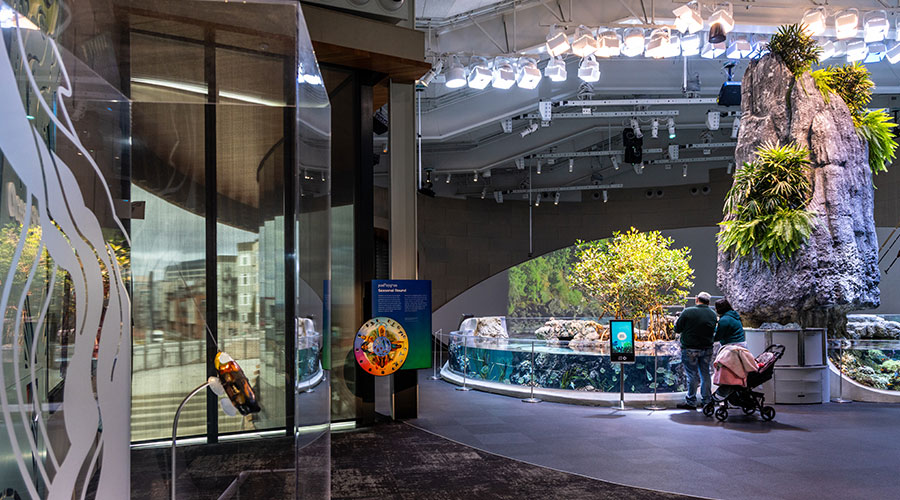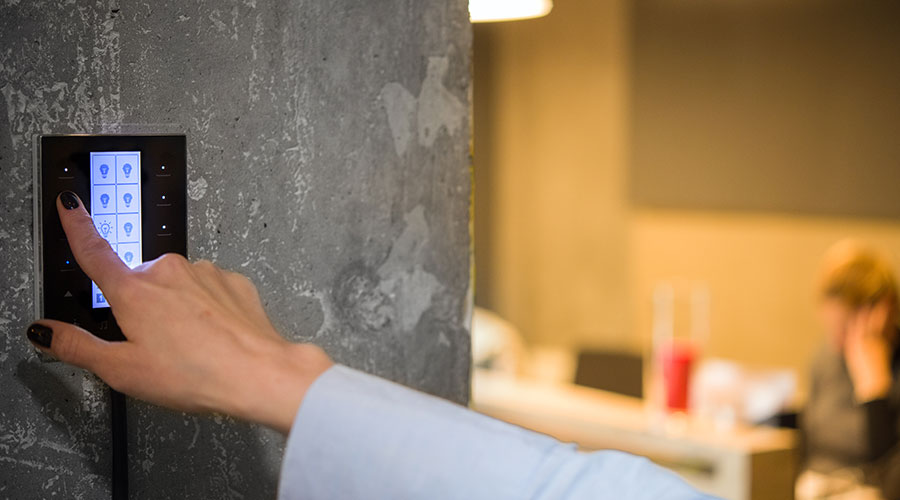Where to Find Incentives and Rebates for Lighting Upgrades
REPORT PREPARED FOR enLIGHTen AMERICA
For some organizations, it is the chance to tout environmental stewardship, thereby earning good will in their communities. For others, it’s the leadership position of LEED Platinum certification. And for others, it’s an opportunity to earn tax credits or a rebate from the local utility.
Whatever the reason — whatever the driver for improved efficiency — lighting industry sources say they’re seeing increasing interest in lighting efficiency, even in the midst of the recession.
“In today’s facilities we have highly educated management staff that truly understands ROI, finance considerations, technology improvements, and — above all — want to be good corporate citizens,” says Ward. “The biggest challenge is that they’re not lighting experts.”
One boost for efforts to improve energy efficiency comes from utilities. In an effort to reduce demand loads, many utilities are offering rebates for technology improvements that improve efficiency, including lighting. The best chance for facility executives to learn about local incentives is to approach their utility providers.
Utilities often work with integrator companies. These integrator companies can serve as a liaison between facility executives and the utility, speeding the installation and payback of energy-savings programs with incentives.
The government is also getting in on the action, attempting to spur efficiency gains. The Energy Policy Act of 2005 — widely known as EPAct 2005 — established the commercial building tax deduction (CBTD) program which offers a significant incentive for lighting upgrades. If a building’s lighting power density is reduced to 25 percent below ASHRAE 90.1-2001 levels, the building may qualify for a deduction of 30 cents per square foot. If lighting power density is reduced to 40 percent below ASHRAE 90.1-2001 levels, the deduction rises to 60 cents per square foot.
Lighting upgrades can also qualify for EPAct lighting deductions if they show a 20 percent energy cost reduction compared to ASHRAE 90.1-2001. Taking that approach requires energy modeling of the entire building.
On top of all this, certification programs, such as LEED or Green Globes, offer another reason to be good corporate citizens.
“Rising energy costs, the green movement, building energy code requirements, and the popularity of LEED-certified buildings continue to create strong demand for lighting controls,” says Michael Jouaneh, marketing manager for Lutron Electronics Co.
Related Topics:
















